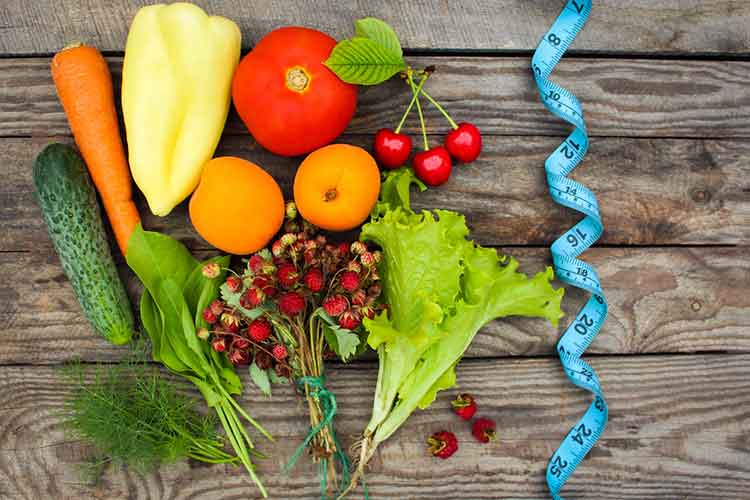The controversial ‘size zero’ may have taken a beating following loud and insistent campaigns against body imaging, but fashion hasn’t really turned generous in its size specifics – plus size clothing notwithstanding. Yes, the plus size stores are demonstrating the need to break the shackles of ‘size’ mentality that has its stranglehold on all elements of fashion; but the mainstream stores haven’t stopped overindulging people who toe the size game. Read that as a size 10 or a 12!
Check out any popular fashion outlet in your neighbourhood and you will be quick to note that the trendiest clothes are in the sizes that range from 8 to 12 or even 14. Beyond that, the choices are limited and the styles not adhering to the trends – generally speaking, that is.
But the point here is not about the obvious pampering by fashion houses to a specific size; it is, rather, about the cautious approach to one’s personal size while picking a particular trend or style. Most people are fanatical about their proven sizes and are unduly worried when there is a slight change on the plus side. This can turn into a crisis situation if there is an important event lined up and your new size cannot do justice to the evening wear chosen.
Curiously, there is no standard size among most manufacturers and it is not unusual to wear different sizes in different brands. So, if you are trying on a high end designer brand, do not fret if your regular size feels small on your body. It is common for brands that are mass-marketed to go a little liberal with their sizes to attract customers and make them comfortable in their preferred size. Besides, the sizes, on an average, are not the same for the top as they are for the bottom.
Inches Matter

When your priority is to fit into a particular size, the motive, understandably, has to be to lose inches, not weight. Often, when muscle gain happens simultaneously with burning fat, there are more chances of losing inches than weight – which is what your focus ought to be to reach your desired size. And this can happen with a combination of workout programmes, alongside a specific diet. Most experts recommend moderate cardiovascular exercises (30 minutes a day) and full body strength training (3 days a week) to lose weight as well as cut inches.
You could also opt for aerobic exercise, which has been found to be effective in helping one to lose inches from the waist. For better results, combine the aerobic workouts with a session of waist-slimming exercises like the side bend, bicycle crunch and the waist twist.
Cardio and Strength-training


For the cardiovascular routine, it is best to start with your regular gym workout. Begin with a five-minute warm up before getting on the cardiovascular machines. You could consider following the warm up by with a five minute session on the exercise bike at a hill-climb mode, before getting on the treadmill – on an incline – for five minutes of brisk walking. Then get on the elliptical machine for five minutes, before repeating the circuit.
Focus your strength-training routine on working your major muscle groups, as the objective is to increase your lean muscle tissues, while reducing body fat. Experts recommend barbell squats for legs, glutes (buttock muscles) and hips; dead-lifts for lower back, neck and shoulder and legs; dumbbell bench presses for chest, shoulder and triceps; low pulley rows for upper back and biceps and the military press for shoulders and triceps. For better results, do three sets of 10 reps per exercise.
Diet Plan


Diet, in combination with a workout plan, will help you reach your desired waistline. This can be achieved by ensuring that you burn more calories than you consume. Eat more of fruits, vegetables, whole grain carbohydrates, as well as healthy lean protein (fish, poultry, lean red meat, eggs, beans and soy) and healthy fats (olive oil, safflower oil, nuts and seeds). Healthy omega-3 fats from linseed, walnuts, mackerel and sardines are known to help produce fat-burning enzyme.
While specifying the foods you need to consume, it is equally important to highlight the foods that you need to avoid. Food items like white breads, sweets and fatty meats and trans fats – the ones that are packed in baked goodies and fried foods – are all linked to belly fat. Also, stay far, far away from foods that are high in salt and sodium (dietary sodium could cause fluid retention and lead to abdominal bloating).
Don’t forget to drink plenty of water!
